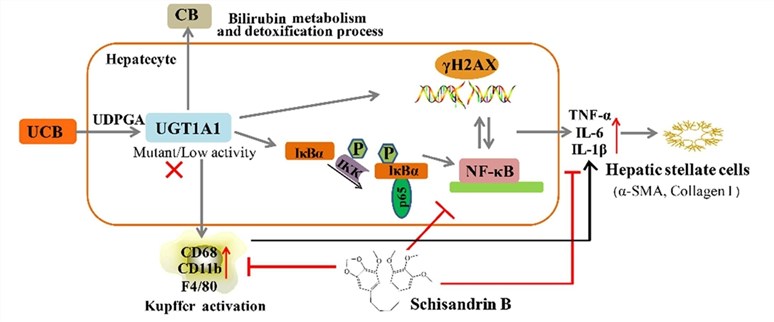What is UGT1A1 Protein
UGT1A1, or UDP-glucuronosyltransferase 1 family, polypeptide A1, is a crucial protein encoded by the UGT1A1 gene. This gene is also known by synonyms such as UDPGT, GT, and bilirubin-UGT. Belonging to the UDP-glucuronosyltransferase (UGT) enzyme family, UGT1A1 plays a pivotal role in the conjugation of bilirubin—a waste product derived from the breakdown of heme in red blood cells.
UGT1A1 Protein Structural Characteristics and Classification
Structurally, UGT1A1 belongs to the large UGT superfamily characterized by a common motif—a highly conserved carboxyl-terminal domain. This domain is responsible for binding and processing a diverse range of substrates, including drugs, hormones, and xenobiotics. The UGT1A1 protein is primarily expressed in the liver, where it participates in the phase II metabolism of various endogenous and exogenous compounds.
Recent research advances in understanding the structural nuances of UGT1A1 have shed light on its substrate specificity and catalytic mechanisms. Researchers have explored its three-dimensional structure, revealing insights into how this enzyme efficiently metabolizes bilirubin and other compounds.
UGT1A1 Biological Functions and Molecular Mechanisms
The biological functions of UGT1A1 are centered around the glucuronidation process—a vital step in the elimination of bilirubin from the body. Bilirubin, a yellow pigment, is produced when red blood cells break down. If not properly eliminated, elevated bilirubin levels can lead to jaundice and other health complications.
UGT1A1 catalyzes the transfer of glucuronic acid to bilirubin, facilitating its excretion through bile and urine. This conjugation process increases bilirubin solubility, rendering it less toxic. The molecular mechanism involves the binding of bilirubin to the UGT1A1 active site, where glucuronic acid is transferred, forming bilirubin glucuronide.

Figure 1. UGT1A1 dysfunction increases liver burden. (Liu D, et al., 2021)
UGT1A1 Related Signaling Pathway
The UGT1A1-related signal pathway involves the regulation of UGT1A1 gene expression and activity. Transcriptional factors such as nuclear receptors, including the pregnane X receptor (PXR) and the constitutive androstane receptor (CAR), play pivotal roles in modulating UGT1A1 expression in response to various stimuli.
These receptors, upon activation by specific ligands, bind to the UGT1A1 promoter region, initiating the transcription of the gene. This regulatory mechanism ensures that UGT1A1 expression is finely tuned to maintain bilirubin homeostasis in the body.
UGT1A1 Related Diseases
Dysfunction or mutations in the UGT1A1 gene can lead to a condition known as Gilbert syndrome, characterized by elevated unconjugated bilirubin levels. Individuals with Gilbert syndrome may experience intermittent jaundice, often triggered by factors such as stress, illness, or fasting.
Moreover, defects in UGT1A1 can contribute to Crigler-Najjar syndrome, a rare and more severe disorder characterized by extremely high levels of unconjugated bilirubin. Patients with Crigler-Najjar syndrome may require lifelong treatment to manage their bilirubin levels.
UGT1A1's Applications in Biomedicine
The significance of UGT1A1 extends beyond its role in bilirubin metabolism, making it a valuable target in biomedical research and applications.
- Diagnostics Development
UGT1A1 polymorphisms and variations have been linked to differential drug metabolism and responses. Understanding these variations can aid in personalized medicine, where drug regimens can be tailored to an individual's unique genetic profile. Diagnostic tools that analyze UGT1A1 genotypes can help predict drug efficacy and potential adverse reactions.
- Vaccine Development
UGT1A1's involvement in the metabolism of bilirubin has implications in the development of vaccines. By understanding how UGT1A1 processes specific vaccine components, researchers can optimize vaccine formulations for improved efficacy and safety.
- Therapeutics
Targeting UGT1A1 in therapeutic interventions holds promise for conditions beyond bilirubin metabolism. Research is underway to explore the modulation of UGT1A1 activity for the treatment of certain cancers and metabolic disorders.
Recommended Products
Reference
- Liu D, et al. UGT1A1 dysfunction increases liver burden and aggravates hepatocyte damage caused by long-term bilirubin metabolism disorder. Biochemical Pharmacology. 2021, 190: 114592.

